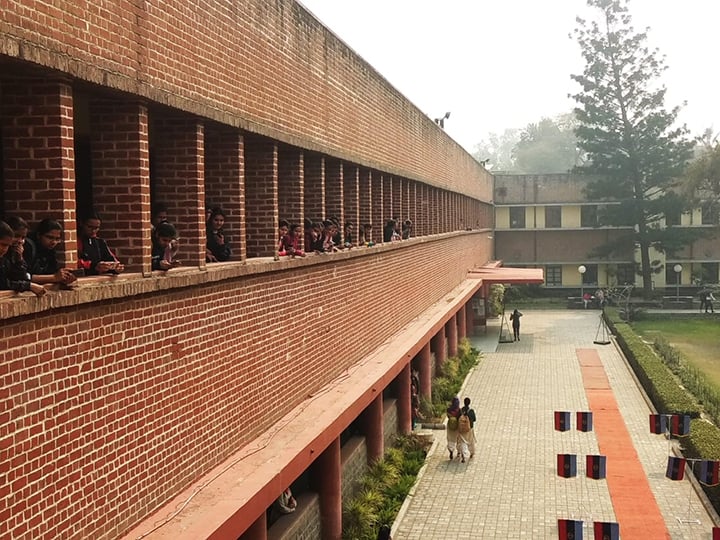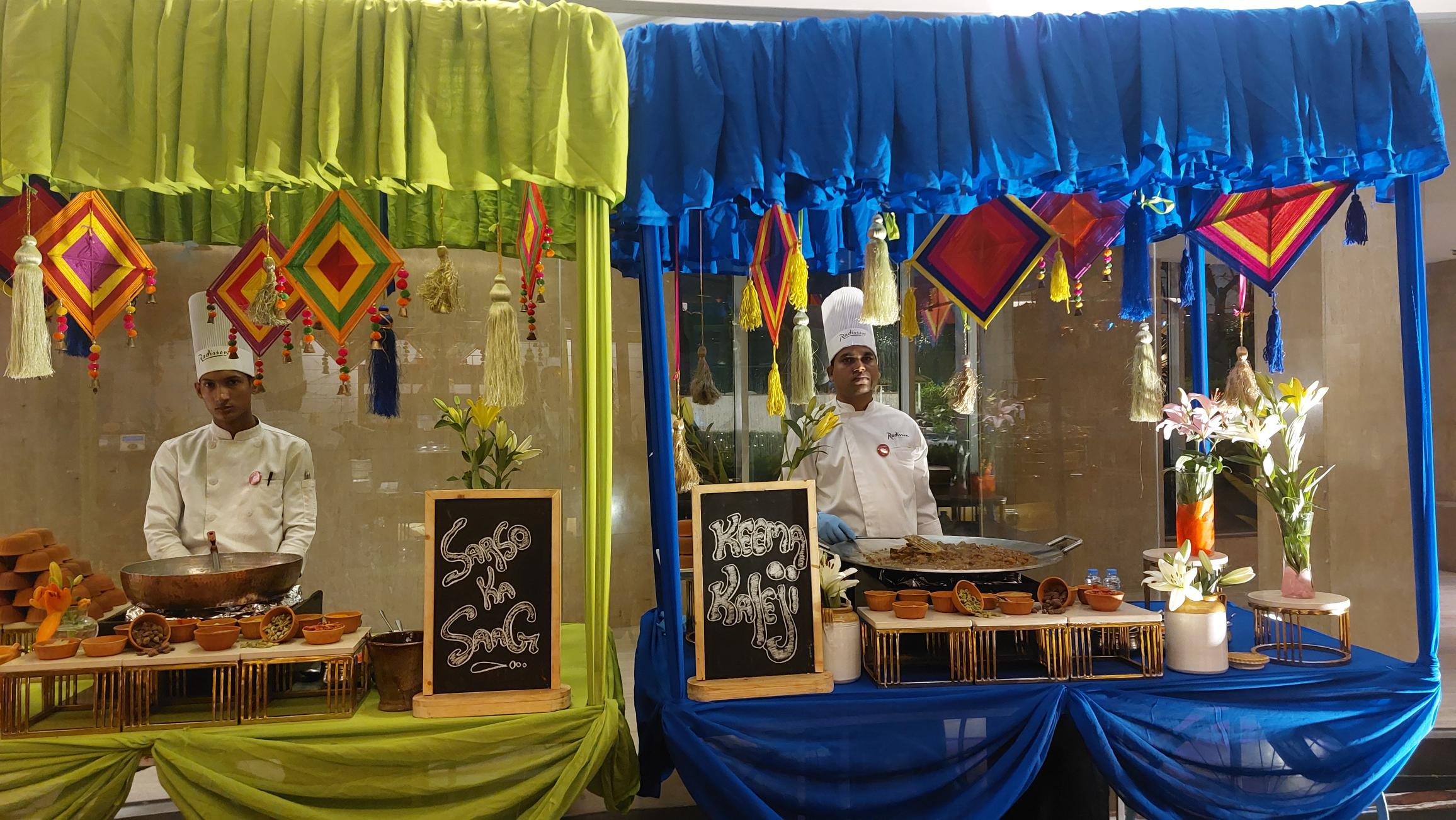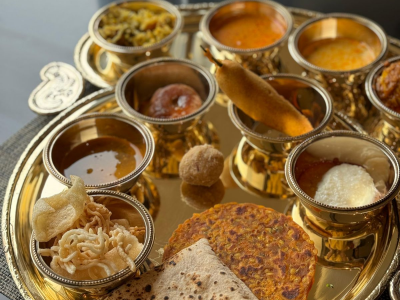The NEP seeks to promote Hindi and vernacular languages at a time when English is the aspirational language of the poor and Dalits are using it to escape discrimination
The New Education Policy (NEP), recently approved by the Union Cabinet, proposes to bring some radical changes in the Indian education system. While the policy has been well received, there are apprehensions about its promotion of Hindi.
Time and again, the government has asserted its aim to promote Hindi as a common language. The government’s love for Hindi is clear from the name of major government schemes — Pradhan Mantri Jan Dhan Yojana, Swachh Bharat, Saansad Adarsh Gram Yojana, Atal Pension Yojana and so on.
Ironically, in 2017, UP CM Yogi Adityanath promised to convert 5,000 government schools into English medium.
NEP proposes to bring back the old system of providing primary education in the mother tongue. “Education will be in the local language/ mother tongue at least till grade 5 but preferably till grade 8, with a flexible (bilingual) language approach where necessary,” it says. This decision seems prima facie good but can be seen as part of the project of promoting Hindi.
Hindi language is the mother tongue of just 26% of Indians, according to a survey. But the survey does not provide the full picture. Dialects like Bhojpuri and Bundelkhandi are confused with Hindi. Education in the regions where these languages are spoken is being provided in Hindi, even though Hindi is not the mother tongue.
In tribal regions of states like Madhya Pradesh, Chhattisgarh and Jharkhand where many tribes have their own separate language, Hindi is largely promoted as a medium of teaching in state government schools.
In various regions of MP, UP and Rajasthan, “Ghumantu” (nomadic) tribes who go from city to city to make a living have separate mother tongues. Gadia Lohars, whose mother tongue is Mewari, now speak Hindi. How will the government arrange education in their mother tongue?
We spoke with many of these tribals, whose youngsters are forgetting their language roots. Since they live in theHindi belt, will they get education in Hindi like many are getting in government schools? And what about Sahariyas who have almost forgotten their own language?
Now with this new NEP, if the government recognises these languages as a medium of teaching and arranges teachers, only then this policy would be seen of some substance.
Hindi is a very young language and highly political in nature. Daisy Rockwell, an American translator of Hindi literature, says this about the language: “Modern standard Hindi started out defining itself as not-Urdu, and fused in some way with numerous Hindi-adjacent language literatures, such as Braj Bhasha, Awadhi, Bhojpuri and so on.” North Indian politicians promote it as a non-Urdu, non-English cultural form that gives them a base to play populist politics.
If you randomly ask people in any north Indian city about their national language, many name Hindi. This is the effect of language politics promoting Hindi, which is problematic for a linguistically diverse country like India.
Lack of study material
Students from Hindi medium background struggle to find course books in Hindi — many therefore switch to English medium. We spoke with half a dozen students studying in various Indian universities who either have switched their medium to English or are planning to switch in order to pursue higher education.
Sumit, a second year political science student in Delhi University, last year was struggling to find good Hindi books on topics like Political Thought, International Relations and Comparative Politics. He says, “I am from a Hindi medium background and I have been struggling to find good books throughout my first year. Now I am reading English books on the advice of my teacher.”
For Sumit, this is tough but he has no other option as if he goes for higher studies he will again struggle to find good study material. While for humanities, some books in Hindi are available but for courses like engineering, medical English has been compulsory from the start.
The Hindi vs English medium tussle is more palpable in UPSC exam. Dearth of study material and the unfavourable bias of this highly aspirational exam against vernacular languages always brings back language politics on the national stage. The ratio of students clearing UPSC exams in the Hindi medium is decreasing. As per Lal Bahadur Shastri National Academy of Administration website, 17% students cleared UPSC from Hindi medium in 2013; this figure went down to 2.18% in 2018. One of the major reasons for that is students taking exams in English medium are increasing while in Hindi decreasing.
If you are a Dalit and want to read Dalit scholars, or looking for feminist literature, it is tough to find books on such topics in Hindi. There are translations available for works of Ambedkar, Periyar, Jyotirao Phule but not all of their work has been translated. Similarly, some women writers are there in Hindi like Geetanjali Shree, Mannu Bhandari, Krishna Sobti but their numbers are few and Hindi translation of feminist literature is also very less. While in English very much Dalit literature and feminist literature with diverse streams are available.
Similarly, Hindi lacks scientific studies and research papers in all the disciplines.
Social justice
In popular folk songs in Hindi, one can easily find casteist, classist and racial slurs. Popular bedtime songs for kids like “Aalu kachalu kaha gaye the, Bhangi ki tokri mein so rahe the” (Where was the potato, sleeping in bowls of Bhangis (slur used for untouchables), “Nani teri morni ko mor le gaye waki jo bacha kale chor le gye”(Grandma, your peahen went with the peacock, rest was looted by black thieves) show how Hindi has discriminatory undertones. Popular adjectives like Bhangi, Kanjar, rakshas, detya etc are frequently used without examining their casteist racial meaning.
Many academics and commentators say that Hindi has been a language of upper caste Hindus. Very few Dalit and female voices and their struggle find space in Hindi. But politicians promote Hindi language stressing on Shuddh (pure) Hindi.
Classic novelist Premchand mainly used Hindustani language (popular Hindu-Urdu mix). He wrote stories like “Kafan” that displays caste and class based discrimination. His novels like Nirmala and Seva Sadan spoke of women’s condition. The likes of Jayshankar Prashad used Sanskritised Hindi. There were Marxist writers like Muktibodh, Yashpal who discovered their own way of writing rooted in the Marxist worldview. While Yashpal gave space to Charvak philosophy in his tales, Muktibodh wrote experimental poetry “Proygvadi Kavita”. Women authors like Mannu Bhandari created their own niche, wrote novels like “Mahabhoj” with realistic depiction of politics and crime.
Writer Priyadarshan is of the opinion that “the class character of Hindi has shifted. It is no more the language of the Brahmanical order or the ‘upper’ caste sensibility; it is thriving as a language of Dalits, Adivasis and marginalised people.” But that shift is coming when Hindi literature is pushed to the margins. Upper castes and classes now mostly read and write in English. Voices challenging the establishment are largely missing.
Recently Rajkamal Prakashan published a controversial book of Periyar, the “Sacchi Ramayan”. Despite the Supreme Court allowing its publication, it faced flak in 1968 when Lalai Singh Yadav’s translation made some claims that are “detrimental to Hindu sentiments”. This is why most Dalit writers are not get translated in Hindi because in the Hindi belt anything controversial becomes a political issue mostly driven by “popular sentiments”.
In April 2010, a village of Banka in Uttar Pradesh saw a temple dedicated to the ‘goddess’ English. It was the idea of Dalit writer Chandrabhan Prasad to worship English as a goddess for “English makes it much easier for all Dalits to leave caste-based occupations. Will English-speaking Dalits, for instance, be asked to skin dead cows? Will English-speaking Dalits be expected to clean gutters and roads? Will English-speaking Dalits be content to work as menials at landlords’ farms? The Goddess English can empower Dalits, giving them a chance to break free from centuries of oppression.”
Abhishek Kumar, Delhi-based teacher and former student of St Stephen’s College hailing from a Dalit family says, “English speaking is very important for a good career prospects. I, who came from a Hindi Medium background, struggled to have that confidence throughout my graduation that my classmates had. An inferiority complex of inability to speak English troubled me a lot.”
Indian parents do not want their kids to study in a vernacular medium. Watching their kids speaking in English is a dream of non- English speaking parents. A few parents we spoke to did not want their kids to study in Hindi medium. “I don’t think private schools will also become Hindi medium, otherwise we will protest. If we allow our kids to study in Hindi medium, it will be tough for them to learn English later in their career,” says Akriti Verma, a mother of a 5-year-old boy.
(Cover: Hindi language is the mother tongue of just 26% of Indians // Credit: Maitri Pradhan)





